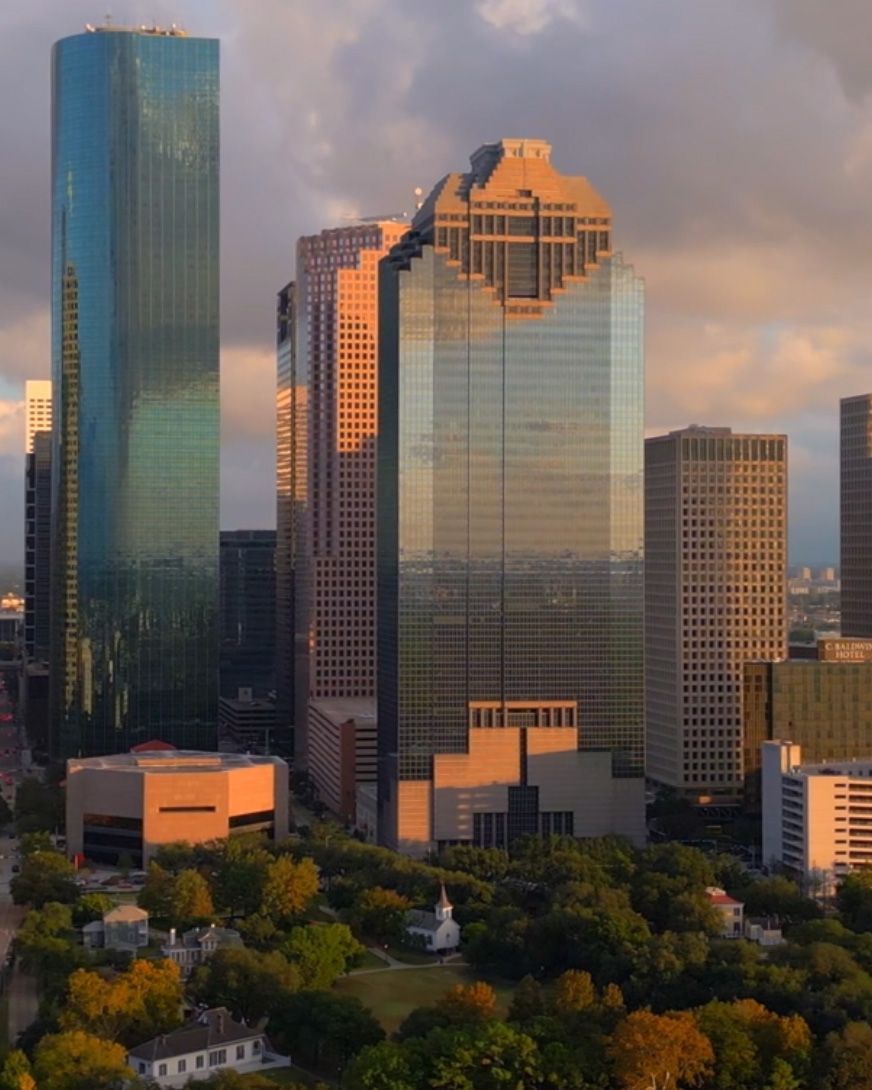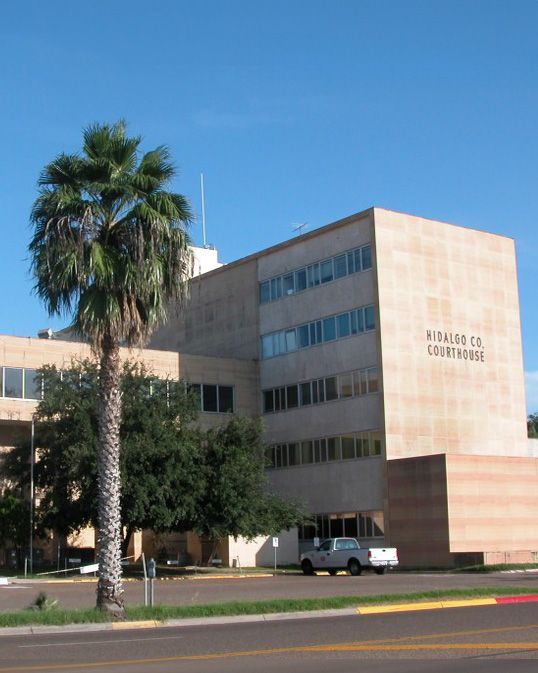How Do You Prove Fault in a Car Crash?
LAW BLOG •
Car accidents are an unfortunate eventuality for many drivers, and it’s vital to know what to expect should you find yourself in one. If another driver was reckless or negligent, they need to take responsibility for their actions and the injuries and damage they cause. However, it’s important for victims of negligent drivers to know what to do immediately after a crash and how to prove another driver’s fault.
Immediately After a Crash
Your first step after any car accident is to assess your injuries, if any, and seek medical attention immediately if necessary. If your injuries demand serious medical intervention, do not move and instead wait for emergency responders. If you can easily get up and move, you should assess the condition of any other drivers involved in the crash and start gathering evidence. It may sound rushed, but car accidents are typically cleaned up very quickly, and vital evidence of another driver’s negligence can easily be lost forever during the cleanup process.
Most states require you to call the police if any property damage occurred or if anyone suffered any injuries or died from a crash. After contacting the police, try to take as many pictures as you can of the accident site. Take photos of the damage to your vehicle and the other involved in the accident. Try to also take pictures of the road and markings on it, such as lane dividing lines and skid marks from sudden braking. Finally, try to take pictures of the surrounding area for landmarks, distance, and other details. All of these photos help create a visual representation of the accident and the immediate aftermath for a jury.
Police Reports
Once police arrive, they will assess the situation and take statements from every driver involved. It’s important to watch your words when speaking to police – anything that sounds remotely like an admission of fault will be held as such, so don’t admit to any fault and simply answer the officer’s questions honestly and concisely. Keep in mind that police reports are not entirely set in stone. If new evidence or other developments such as errors with the original report arise, you can typically solve them easily by providing the police with the correct information.
No-Fault Accidents
Some car accidents may prove very difficult to assess fault, while others are clearly the result of one driver’s actions. These are “no-fault” accidents and typically lead to speedy resolutions. Some of the most common no-fault accidents include rear-end collisions and left-turn collisions. All drivers should leave enough space between their cars and the cars immediately in front of them so there is room to stop if necessary. A driver who hits another car from behind will rarely be able to argue against his or her fault in the accident, unless a third driver influenced the crash in some way.
Similarly, cars making left-hand turns through intersections are most often to blame for crashes in these situations. Cars traveling straight through the intersection have the right of way before left-turning cars. In some cases, a left-turning driver may be able to argue that another driver or unforeseen hazard forced him or her to stop in the intersection, causing an accident.
Establishing Negligence
Personal injury law hinges on the concept of negligence. To prove negligence, you and your attorney must be able to prove that the defendant had a duty to act with reasonable care, violated this duty, and their actions directly led to your injuries and damages. This is often far more complex than it sounds, so one of the best steps you can take when trying to prove another driver’s fault in a car accident is to hire an experienced personal injury attorney.
The post How Do You Prove Fault in a Car Crash? appeared first on GES Injury Attorneys.
Every state limits the amount of time you have to file a claim.
Don't Delay.
Contact the Attorneys at Gordon & Elias, LLP Today to preserve your right to a recovery.
Contact Us
We will get back to you as soon as possible.
Please try again later.
100% FREE CASE EVALUATION
Free Consultation • No Fee If No Recovery



